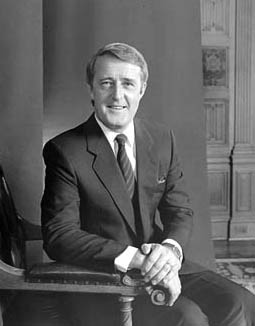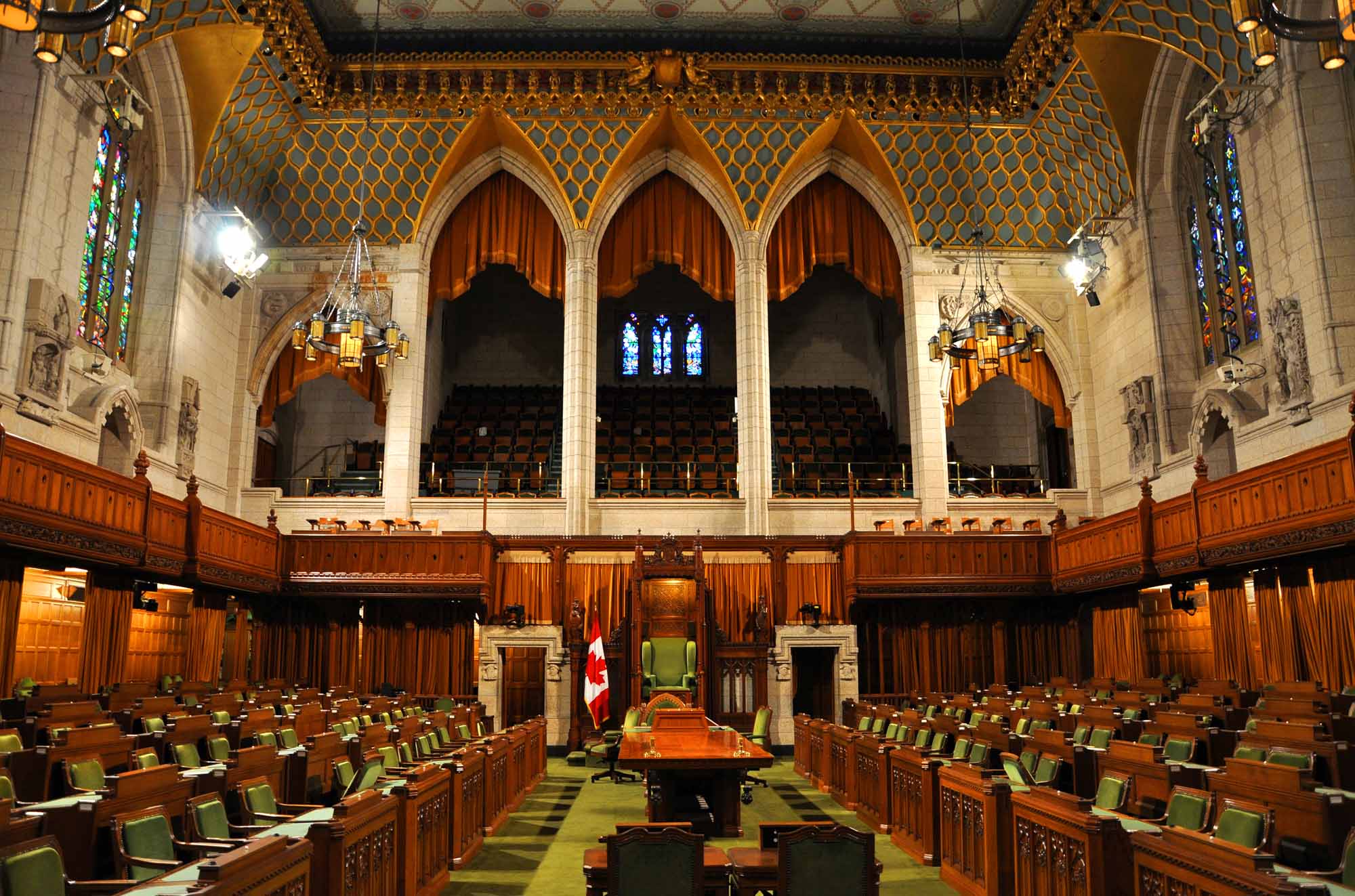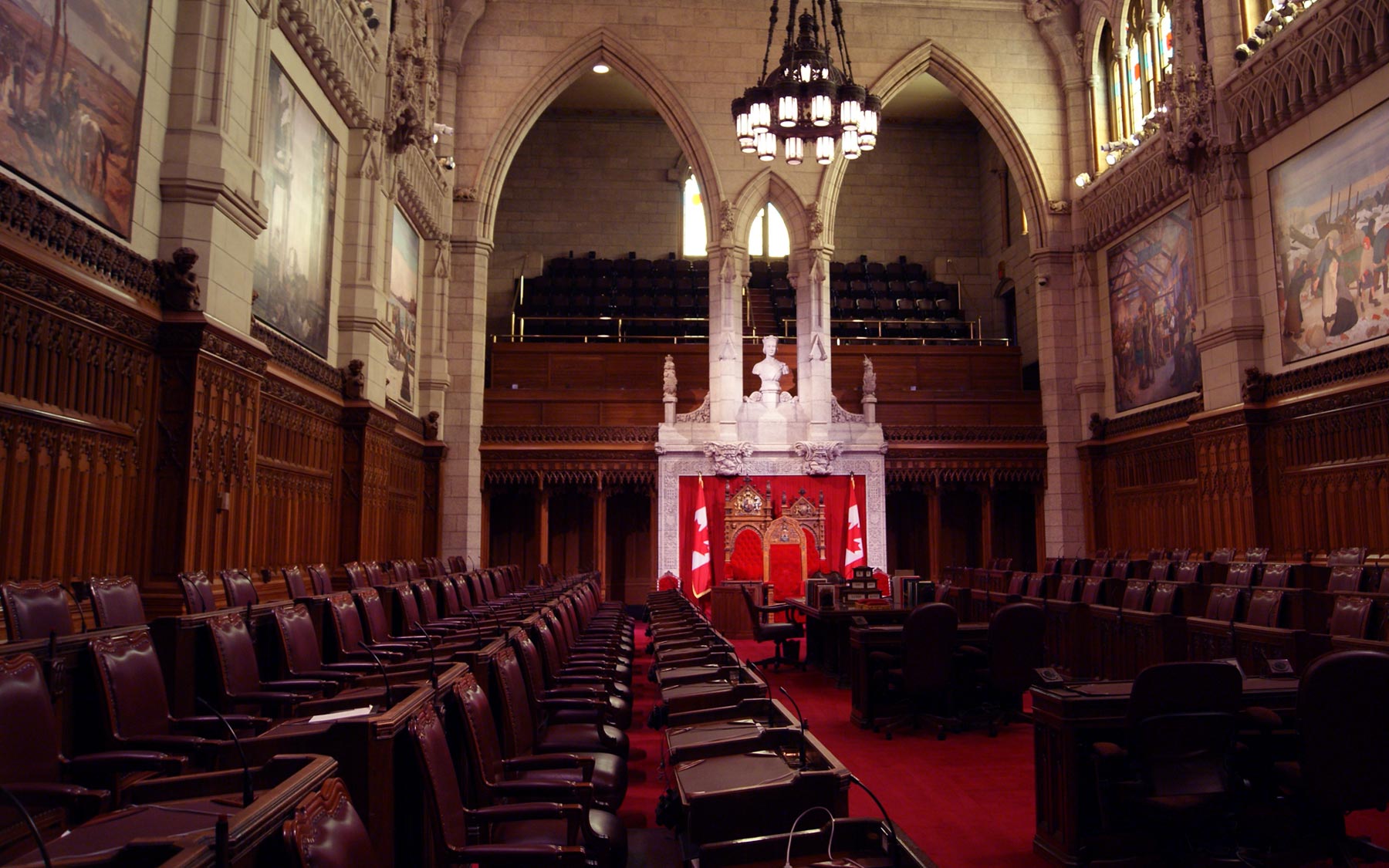The Charlottetown Accord of 1992 was a failed attempt by Prime Minister Brian Mulroney and all 10 provincial premiers to amend the Canadian Constitution. The goal was to obtain Quebec’s consent to the Constitution Act, 1982. The Accord would have recognized Quebec as a distinct society; decentralized many federal powers to the provinces; addressed the issue of Indigenous self-government; and reformed the Senate and the House of Commons. The Accord had the approval of the federal government and all 10 provincial governments. But it was rejected by Canadian voters in a referendum on 26 October 1992.

Quebec and the Constitution
Following the failure of the Meech Lake Accord in 1990, Brian Mulroney’s Progressive Conservative government tried a second time to solve the political dilemma that was created in 1981–82, when Canada patriated and amended its Constitution without the consent of Quebec. (See Editorial: The Canadian Constitution Comes Home.) In 1990, Mulroney appointed former Prime Minister Joe Clark as minister of constitutional affairs. Clark was given the task of forging a new agreement to break the constitutional deadlock with Quebec.
A long period of national debate about the nature of Confederation ensued. Arcane details of constitutional reform were discussed. It was a time of intense political jockeying. Various governments and dozens of special interest groups put forward their demands for a renewed Constitution. Four bodies were appointed to formally engage in these discussions, both within Quebec and nationally. The Quebec panels were the Allaire Committee and the Belanger-Campeau Committee; the national panels were the Beaudoin-Edwards Committee and the Spicer Commission. Their studies led to various reports, including the federal document Shaping Canada’s Future Together.
The federal government then held a series of five national conferences to discuss the proposals in Shaping Canada’s Future. These meetings led to another federal report, A Renewed Canada. Negotiations then took place between the federal, provincial and territorial governments. The Assembly of First Nations, the Native Council of Canada (now the Congress of Aboriginal Peoples), the Inuit Tapirisat of Canada and the Métis National Council were also involved. Quebec was included in the latter stages. These talks resulted in the Charlottetown Accord. It was unveiled in Charlottetown, Prince Edward Island, on 28 August 1992.

Division of Powers
The Accord dealt with several key issues. On the division of legislative powers, it gave the provinces jurisdiction over forestry, mining and some other areas. It also required the federal government to work with the provinces to harmonize policy in certain areas. These included telecommunications, labour and training, regional development, and immigration.
The provinces were also given jurisdiction over cultural affairs. However, the federal government would retain control over national groups such as the CBC and the National Film Board.
The Accord would have affected two rarely-used, centralizing features in the Constitution: the federal power of reservation and Disallowance; and the declaratory power in section 92(10)(c) of the Constitution Act, 1867. Disallowance gives the federal Cabinet the power to dismiss any provincial act within one year. The Accord would have abolished this federal power.
The declaratory power allows Parliament to declare certain works or projects, even provincial ones, to be for the “Advantage of Canada.” They therefore become part of the national infrastructure. It thus gives the federal government jurisdiction over the work. Under the Accord, any such declarations would need provincial consent.
Federal-Provincial Spending
One important feature of the Accord concerned the use of the federal spending power. Because Parliament has far greater taxation authority than the provinces, it also has more spending authority. Over the years, this has led to financing arrangements where the federal government, through transfer payments and other means, pays for all or part of programs that otherwise would fall to the provinces. These include programs such as medicare, social services, higher education, etc.

The federal government has typically attached conditions to this arrangement. One such example is the ban on extra billing by doctors, as expressed in the Canada Health Act. Typically, any province that authorized a program or activity that broke these conditions would have to pay a penalty. The Charlottetown Accord allowed the provinces to create their own programs in these areas. The federal government would provide compensation so long as the provincial programs met national standards. (See also Federal-Provincial Relations.)
Under the Accord, a province that opted out of any constitutional amendment that transferred provincial powers to the federal government would receive compensation. This would allow the province in question to fund its own programs.
The Accord also enhanced Canada’s social and economic union. It foresaw a “social charter” to seek and promote health care, welfare, education, environmental protection, collective bargaining, and other social objectives. It also aimed for economic goals such as internal free trade among the provinces, as well as provisions related to employment, standard of living and development. These steps would eliminate barriers to the free flow of goods, services, labour and capital.
Indigenous Self-Government
The Accord addressed the issue of Indigenous self-government. But it provided for a waiting period of three years before the concept would be recognized in law. It also dealt with Indigenous representation in Parliament.
Quebec a Distinct Society
The Accord also contained the so-called “Canada Clause.” It set out the values that define the nature of the Canadian character. One of those values was the recognition that Quebec is a distinct society within Canada. Other values included egalitarianism and diversity. This provision — like section 27 of the Charter of Rights and Freedoms, which relates to multiculturalism — is an interpretive section. It directs the courts to interpret the Constitution with these values in mind.
Parliamentary Reform
The Accord sought to make various changes in Canadian governance. For example, it would entrench the makeup of the Supreme Court of Canada, as well as its appointment process, in the constitution. The Senate would be changed to become “Triple-E” — equal, elected and effective. Each province would have an equal number of senators. They would be elected either by the province’s legislature or by general election in each province. The Accord also reduced the powers of the Senate. On some legislative matters, it required a so-called “double majority” — a majority of all senators and a majority of francophone senators.
Changes were also proposed for the House of Commons. The number of seats in the House would be increased. In addition, after any redistribution, a province could not have fewer seats than any other province with a smaller population. However, the province of Quebec would be guaranteed at least one quarter of all the seats in the House.
The Accord formally entrenched the federal/provincial/territorial consultative process. It also allowed for the inclusion of Indigenous peoples in this process when appropriate. The Accord also increased the number of items that require unanimous consent for a constitutional amendment.

Referendum
The Accord had the formal support of the federal government and all 10 provincial governments. It could have been legally enacted as a constitutional amendment. However, the Mulroney government was still stinging from criticism that the Meech Lake Accord had been put together in backrooms, without public scrutiny. It chose to submit the Charlottetown Accord to a national referendum.
British Columbia, Alberta and Quebec had referendum laws of their own. But BC and Alberta decided to participate in the federal referendum. The result was that two referenda, one federal and one in Quebec, asked the same question (“Do you agree that the Constitution of Canada should be renewed on the basis of the agreement reached on August 28, 1992?”) on the same day — 26 October 1992.
Nationally, 54.3 per cent of the vote opposed the Charlottetown Accord. It did, however, win approval in New Brunswick, Newfoundland, Prince Edward Island, the Northwest Territories and, by the narrowest of margins (50.1 per cent), in Ontario. In Quebec, the result was 56.7 per cent against.
Legacy
After the failure of the Meech Lake Accord, Canadians again could not reach a national consensus on constitutional reform. The defeat of the Charlottetown Accord was interpreted as a protest by Canadians against the country’s “political class” (mainly the deeply unpopular Mulroney government), and as a vote against the Accord itself.
Ironically, two key topics of the Accord would continue to be hotly debated many years after its death: interprovincial trade barriers and Senate reform. The federal government, the provinces and the territories signed the Agreement on Internal Trade in 1994. But this agreement had only limited success in reducing internal trade barriers. A more comprehensive pact was made in 2017 with the Canada Free Trade Agreement.

By 2014, serious democratic changes had still not come to the Senate. This was despite a dramatic move by Liberal Party leader Justin Trudeau that year; he expelled every Liberal senator from the party caucus to try and make the Senate less partisan. Many Canadians still believe the Upper House of Parliament should either be reformed or abolished.
As for the Quebec question, in 2006, the House of Commons passed a motion recognizing the Québécois as a nation within a united Canada. One further attempt at constitutional change was made in 2017. Quebec’s Liberal premier, Philippe Couillard, proposed having Quebec sign the constitution that year as part of Canada’s sesquicentennial celebrations, Canada 150. Couillard published a 177-page proposal that echoed the points former premier Robert Bourassa had pursued in the Meech Lake Accord. However, his efforts were flatly rejected by Prime Minister Justin Trudeau, who replied, “We are not opening the Constitution.”
See also: Constitutional History; Constitutional Law; Constitutional Monarchy; Editorial: The Death of the Meech Lake Accord; Charlottetown Accord: Document; Quebec Referendum (1995).

 Share on Facebook
Share on Facebook Share on X
Share on X Share by Email
Share by Email Share on Google Classroom
Share on Google Classroom


